
10 minute read
Contactless combustion analysis


Dr Jonas Westberg, Dr Viacheslav Avetisov and Dr Peter Geiser, NEO Monitors, Norway, outline how an evolution in TDLAS signal processing is enabling new applications for the next generation of smart combustion analysers.
Combustion is one of the most important industrial processes providing heat and power for operation. Gas analysers based on tunable diode laser absorption spectroscopy (TDLAS) are ideal for highly selective and sensitive real-time and in-situ combustion monitoring, resulting in optimised fuel consumption and thus lower costs while minimising pollutant generation. TDLAS is now considered a proven technology and is used in many industrial plants around the globe.
Nonetheless, the technology has advanced signifi cantly over the years and now enables smart combustion analysis1, an evolution from traditional ‘one-laser-one-gas’ analysers to more sophisticated ‘one-laser-multi-gas’ analysers. The new signal processing principles and analysis capabilities described have subsequently created a desire in the industry to use the technology not only for combustion optimisation, but also for combustion safety.
This desire presents entirely new challenges for the TDLAS technology, as shown in Figure 1. On the one hand, real-time combustion control requires carbon monoxide (CO) concentration measurements in the ppm range with high sensitivity to provide low-noise feedback to fuel and air control for optimal combustion with the lowest pollutant emissions. On the other hand, accurate measurements of much higher CO concentrations up to percentages are needed for safety purposes, while sensitivity is no longer as important. Combined, a multi-purpose gas analyser designed for in-situ combustion control and safety should be capable of performing gas measurements with both high precision and high dynamic range.
This article will discuss how this new challenge is leading to a further evolution in TDLAS signal processing, enabling new applications for the next generation of smart combustion analysers.
Tunable diode laser absorption spectroscopy
TDLAS analysers excel at trace gas analysis and routinely demonstrate lower detection limits (LDLs) of ppm or even below, but while they provide excellent precision for combustion control applications, they often lack the dynamic range needed for simultaneous hazardous gas level monitoring. In addition, the high selectivity associated with laser systems often comes at the cost of susceptibility



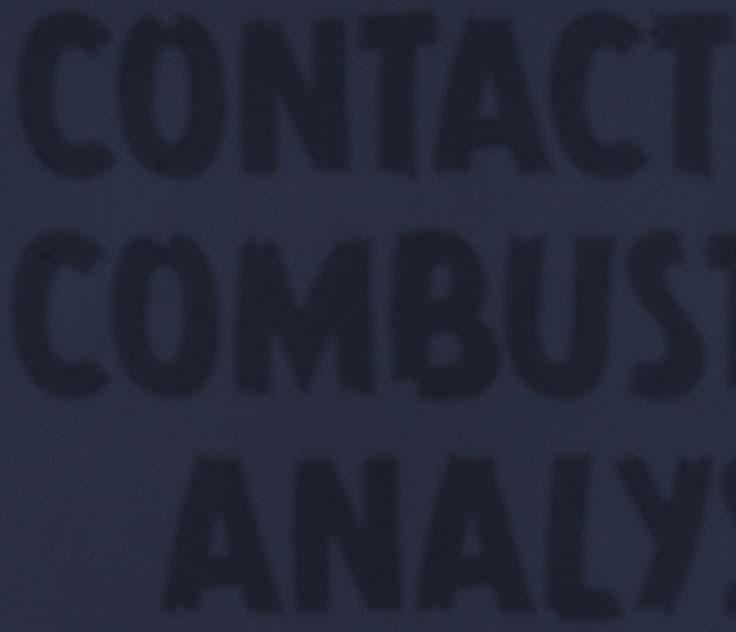
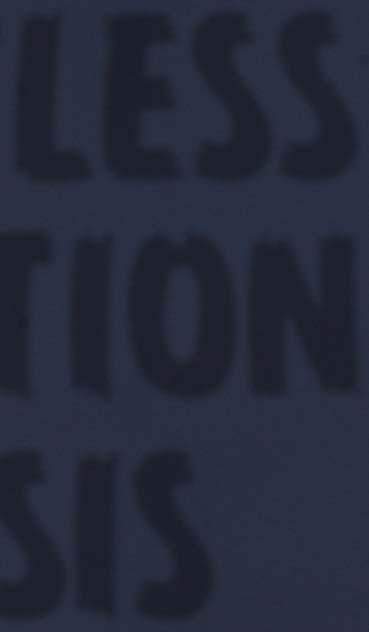
to interfering gas components, which is usually a major concern when choosing a suitable wavelength region for the instrument. In practice, a strategy of minimising spectroscopic interferences rather than avoiding them is often employed. A third issue is that of accurately assessing the instrument baseline, which is an often overlooked topic in TDLAS. Looking more closely at the basic principles of TDLAS can help to understand this problem. In TDLAS, the wavelength of a laser is scanned across a narrow spectral region where the gas of interest absorbs light, see Figure 2a. As the laser light propagates through the gas, a fraction will be absorbed, which causes a dip in the transmission that can be quantifi ed by collecting the laser light on a photodetector and monitoring its response. As the name implies, laser absorption spectroscopy measures the characteristic absorption profi le (or transmission profi le) of a gas from which the concentration can be calculated given knowledge of the measurement conditions (optical path length, temperature, pressure, etc.).
Since absorption (A), or transmission (T=1-A), are relative entities, a natural question becomes: what is the reference level? Where is the baseline (the transmission profi le without any gas absorption)? This is crucial for accurate concentration measurements, since a 2% error in measuring an absorption of 5% requires an accuracy on the baseline of 0.1%. Figure 2 highlights this problem. It is impossible to know how much light is absorbed without an accurate estimation of the baseline. Most TDLAS instruments are therefore designed to not only probe the absorption line, but also a wavelength region that is not affected by the gas absorption. This allows the instrument to distinguish absorption associated with the molecules in the gas, from transmission losses due to particles entering the beam path or mechanical misalignment. From the example in Figure 2a it is easy to defi ne such regions using the ‘wings’ of the dip. Traditionally, the baseline is estimated by fi tting a low-order polynomial to these regions (other methods can also be employed). But what happens if there are no regions free from gas absorption? This is obviously a problem since it prevents an accurate estimation of the baseline, which leaves the absorption undetermined. Such a scenario is shown in Figure 2b. How could the baseline be estimated in this case? When looking for a suitable wavelength region for a combustion application, this situation is frequently encountered and sometimes impossible to avoid. Partly because of this, traditional TDLAS instruments often target a single gas using a carefully selected wavelength region where an isolated absorption line can be found, like in Figure 2a. It is clear that a different approach to TDLAS is required to tackle high levels of absorption and complex spectra, such as shown in Figure 2b.
In summary, a modern multi-gas TDLAS analyser for combustion control and safety should be able to meet the following challenges: Large dynamic ranges (low-to-high concentrations). Congested spectra (many closely spaced lines). Gas interferences.
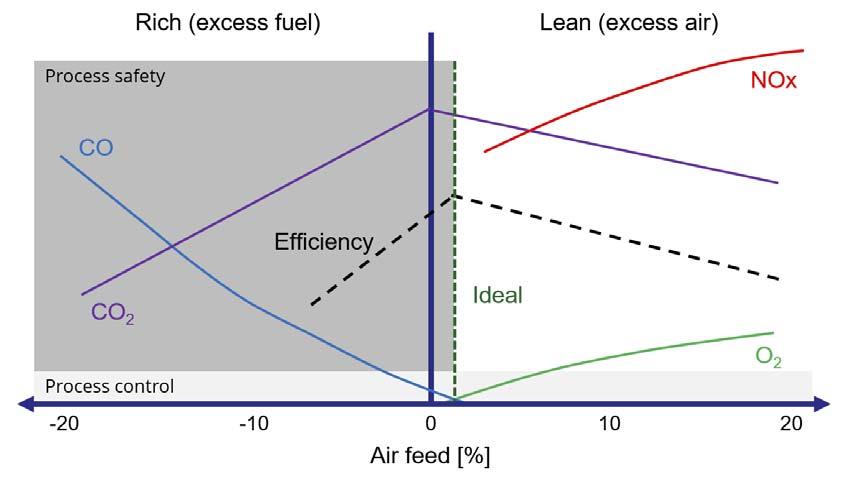
Figure 1. Combustion diagram.
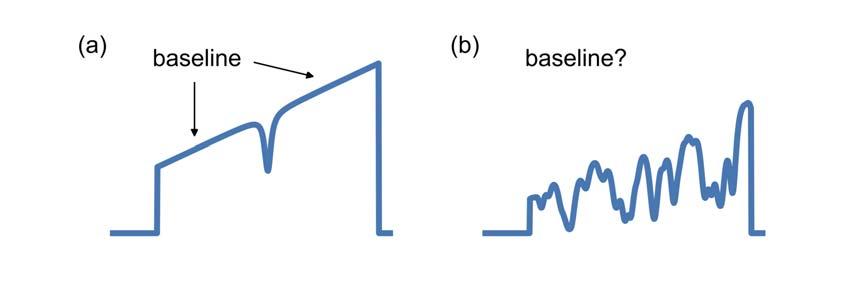
Figure 2. (a) Traditional TDLAS spectrum with a single absorption line. The regions on the sides of the absorption line can be used to estimate the baseline. (b) Congested TDLAS spectrum with strong absorption. The baseline cannot be estimated.
Smart baseline-insensitive TDLAS
To fulfi l these requirements and to address current limitations in the TDLAS technology, efforts have been focused here on the development of a new baseline-insensitive approach, specifi cally designed to face the future challenges of real-time combustion control and safety. This is made possible by merging modern digital signal processing principles with well-established laser absorption spectroscopy technology, resulting in analysers capable of background signal suppression reminiscent of that encountered in modulated systems – all without sacrifi cing the linearity and dynamic range associated with modulation-free systems. The following example can be considered in order to better understand why this is a signifi cant leap forward:
A TDLAS analyser is tasked with monitoring CO and methane (CH4) in a large industrial furnace. As previously mentioned, low concentration measurements are used to optimise the combustion process and high concentrations measurements are used for safety requirements (Figure 1). Ideally, the analyser should be able to measure both CO and CH4 simultaneously, but laser systems quickly run into diffi culties in such applications since it is very challenging to fi nd suitable isolated absorption lines for these
two gases, especially at high temperatures. Often, a situation similar to that in Figure 2b will be observed, i.e. access to the baseline cannot be assumed. In addition, the concentration ranges required to control combustion and detect potentially unsafe operation can be very large, e.g. up to 1% for CO and up to 5% for CH4. For 1 m of optical pathlength, the corresponding absorption is not very strong. However, for a 20 m heater, the effective path-integrated concentration becomes 20%·m for CO and to 100%·m for CH4. This requires an analyser with exceptional dynamic range, capable of measuring absorptions from the very low up to the point where almost all laser light is absorbed by the gas. The upper panel in Figure 3a shows an example of extreme absorption levels of CO that can be present in this type of application. Note the almost complete attenuation of light at the peak of the line compared to Figure 2b. Isolated absorption lines like these are ideally suited for TDLAS analysers and many systems can achieve impressive dynamic ranges if the baseline is accessible. NEO Monitors’ instrument is no exception, Figure 3b shows a linearity validation check measuring CO. With a single point calibration, the analyser is linear up to ~99.9% of relative CO absorption – a dynamic range of more than 3 × 105 .
A more diffi cult case is shown in Figure 4. Here, the CH4 concentration is gradually increased, but unlike the isolated absorption line of CO in Figure 3, CH4 absorbs over the entire laser scan. It is clear that an instrument capable of handling spectra similar to these cannot rely on traditional baseline fi tting since the strong gas absorption blocks all access to the baseline. Enabling measurements even under such conditions
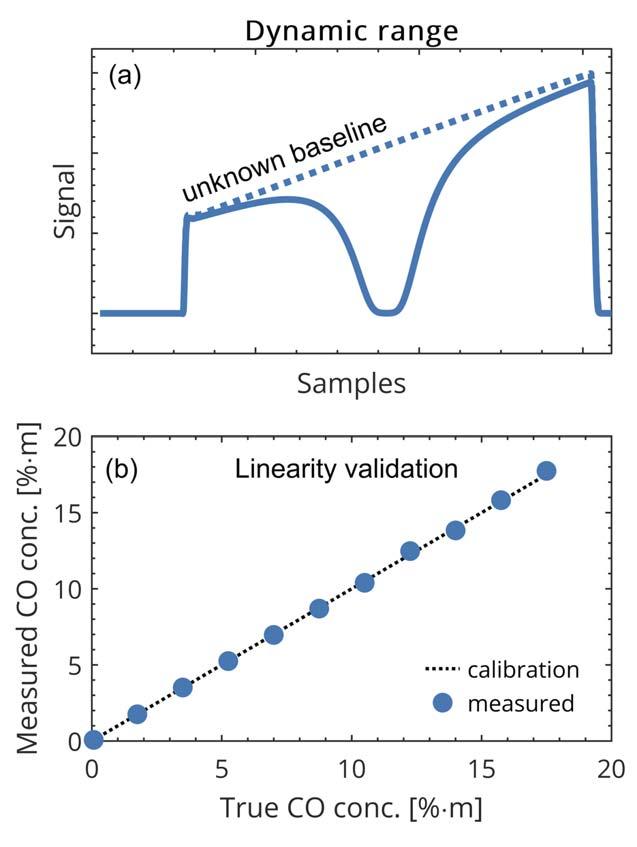
Figure 3. Demonstration of the dynamic range capabilities. CO concentrations are varied from low ppm·m up to 17.5%·m with excellent linearity.
THE DAWN OF A NEW ERA FOR COMBUSTION ANALYSIS

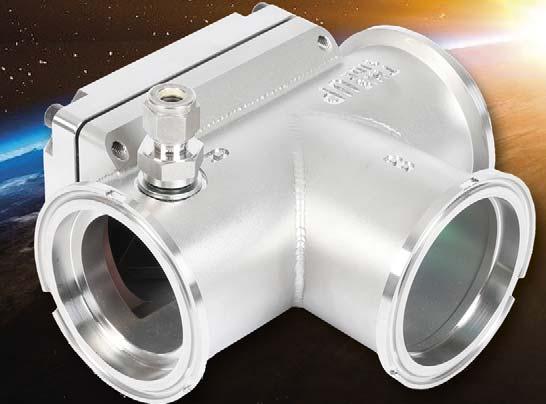
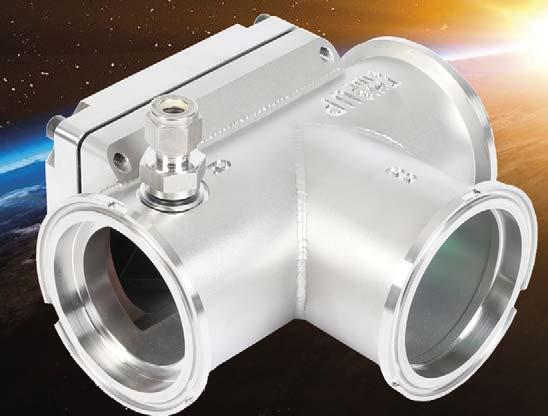

T-Flange LaserGas™ III Ultra
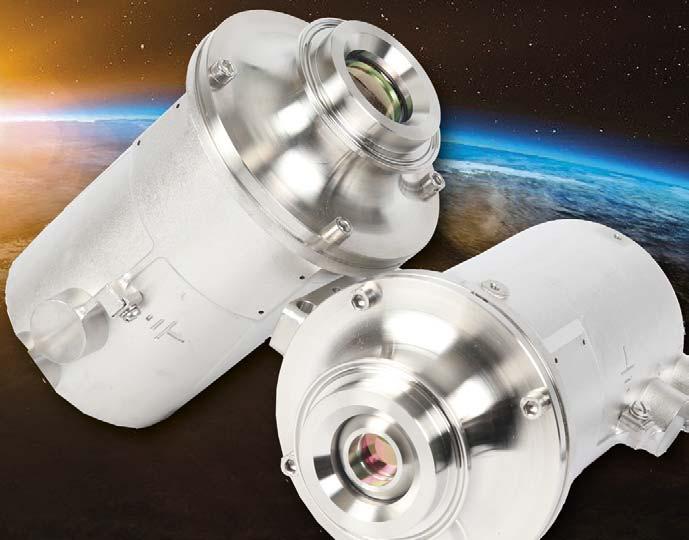


Say hello to our latest combustion analysis solution: Combine our LaserGas™ III O2 and the new LaserGas™ III CO Ultra analyzers with the innovative T-Flange - Process control and safety with low CAPEX and OPEX - Independent measurements with high precision and high dynamic range for large stacks - Hot-swap analyzers mounted on the T-Flange www.neomonitors.com

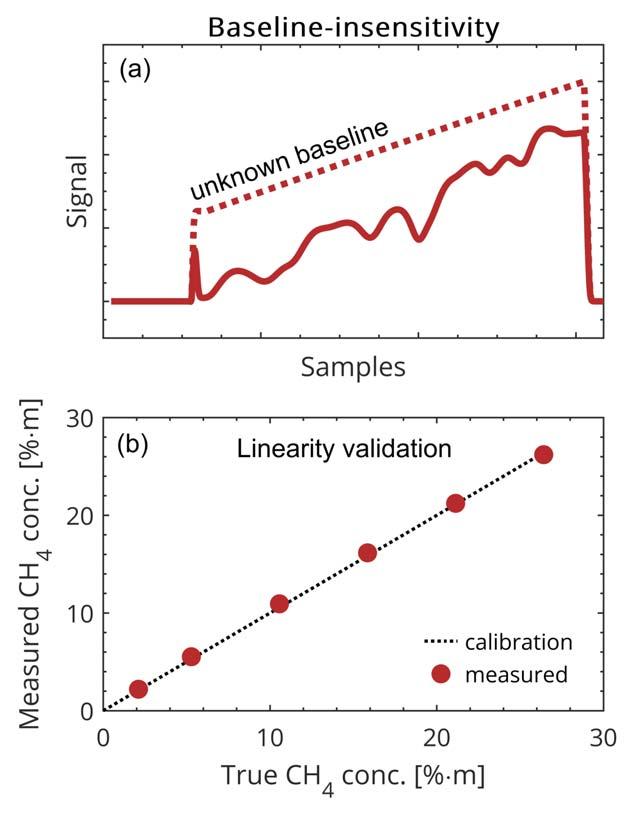
Figure 4. Demonstration of the advantages of the baseline-insensitive approach by measurements of CH4. Despite an unknown baseline, the instrument is linear up to 25%·m.
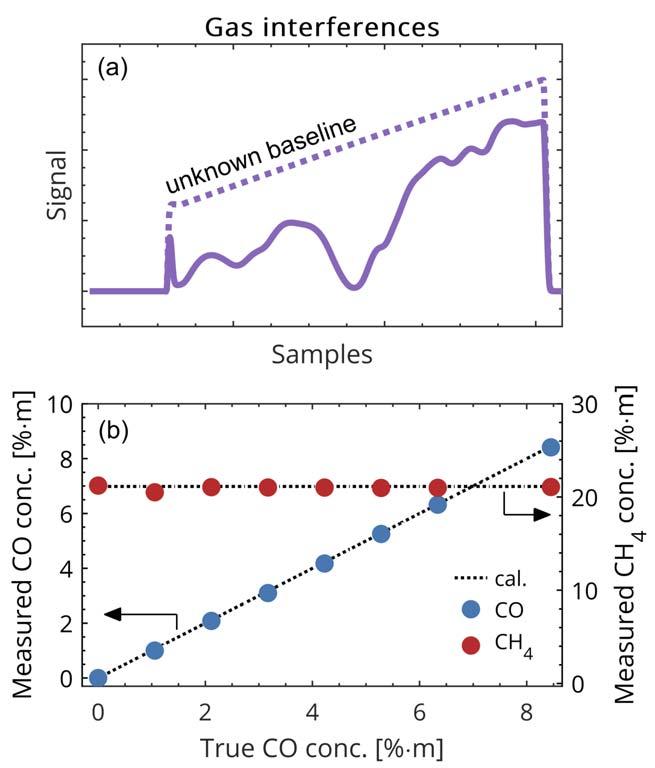
Figure 5. Demonstration of the handling of gas interferences. CH4 is kept at a constant level of 21%·m while varying the CO concentration from 0 to 8.5%·m. was the main motivation for developing a new baseline-insensitive approach for TDLAS. The principle is based on a novel and proprietary combination of fi lters for digital signal processing. In this application example, it enables concentration measurements of CH4 up to 25%·m with excellent linearity and precision without access to the baseline and at absorption levels where most TDLAS systems would struggle (see Figure 4b).
Finally, Figure 5 shows a measurement of a gas mixture containing 21%·m CH4 and 8.5%·m CO. This type of measurement presents yet another diffi culty, namely gas interferences. The progress in processing power and advanced statistical algorithms over the last decades has opened up new avenues for on-instrument, real-time gas interference suppression. NEO Monitors implement these modern tools in the proprietary framework called IROSS (in-situ real-time overlapping spectra separation).1 Recent improvements to this framework allow an accurate and robust decomposition of a measured spectrum into its individual components. Proven-in-use TDLAS signal processing of the individual spectra can then be performed to extract the concentration information. An added benefi t of the IROSS framework is its capability to predict process conditions from the measured spectra, which gives a secondary pathway to parameters such as gas temperature, pressure, and concentration.
Benefi ts of the new baseline-insensitive approach compared to traditional TDLAS are outlined below:
Traditional TDLAS
Normalisation required. Baseline fit. Limited to spectral regions and absorption levels where the baseline can be found. ~104 dynamic range.
Baseline-insensitive TDLAS
No normalisation needed. Baseline-insensitive. Linear response up to 100% absorption, even if the baseline is not accessible. Up to 106 dynamic range. Gas interference handling by real-time source separation.
Conclusion
As the TDLAS technology evolves from traditional ‘one-laser-one-gas’ analysers to more sophisticated ‘one-laser-multi-gas’ analysers, advanced signal processing plays a critical role. The new baseline-insensitive signal processing approach eliminates the need for traditional baseline matching and enables applications with high absorption levels over the entire tuning range of the laser. In addition, source separation algorithms have been further improved to increase the ability to separate signals from multiple gas components on the instrument in real time. Taken together, these two developments enable modern TDLAS analysers to cover applications with multiple gas components and high dynamic range requirements for combined combustion control and combustion safety.
Reference
1. GEISER, P., AVETISOV, V., WANG, J., and SIEKER, L., ‘Smart combustion analysis,’ Hydrocarbon Engineering, (December 2019), pp. 54 - 58.










